Sound Event Detection with Machine Learning
Jon Nordby Head of Data Science & Machine Learning Soundsensing AS jon@soundsensing.no EuroPython 2021
Introduction
About Soundsensing

Sound Event Detection

Given input audio return the timestamps (start, end) for each event class
Events and non-events
Events are sounds with a clearly-defined duration or onset.
| Event (time limited) | Class (continious) |
|---|---|
| Car passing | Car traffic |
| Honk | Car traffic |
| Word | Speech |
| Gunshot | Shooting |
Application
Fermentation tracking when making alcoholic beverages. Beer, Cider, Wine, etc.
Alcohol is produced via fermentation

Airlock activity
Fermentation tracking
Fermentation activity can be tracked as Bubbles Per Minute (BPM).
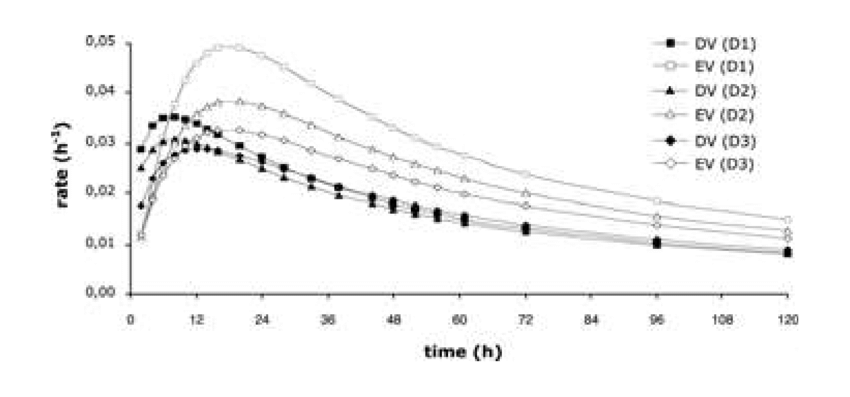
Our goal
Make a system that can track fermentation activity, outputting Bubbles per Minute (BPM), by capturing airlock sound using a microphone, using Machine Learning to count each “plop”
Machine Learning needs Data!
Supervised Machine Learning
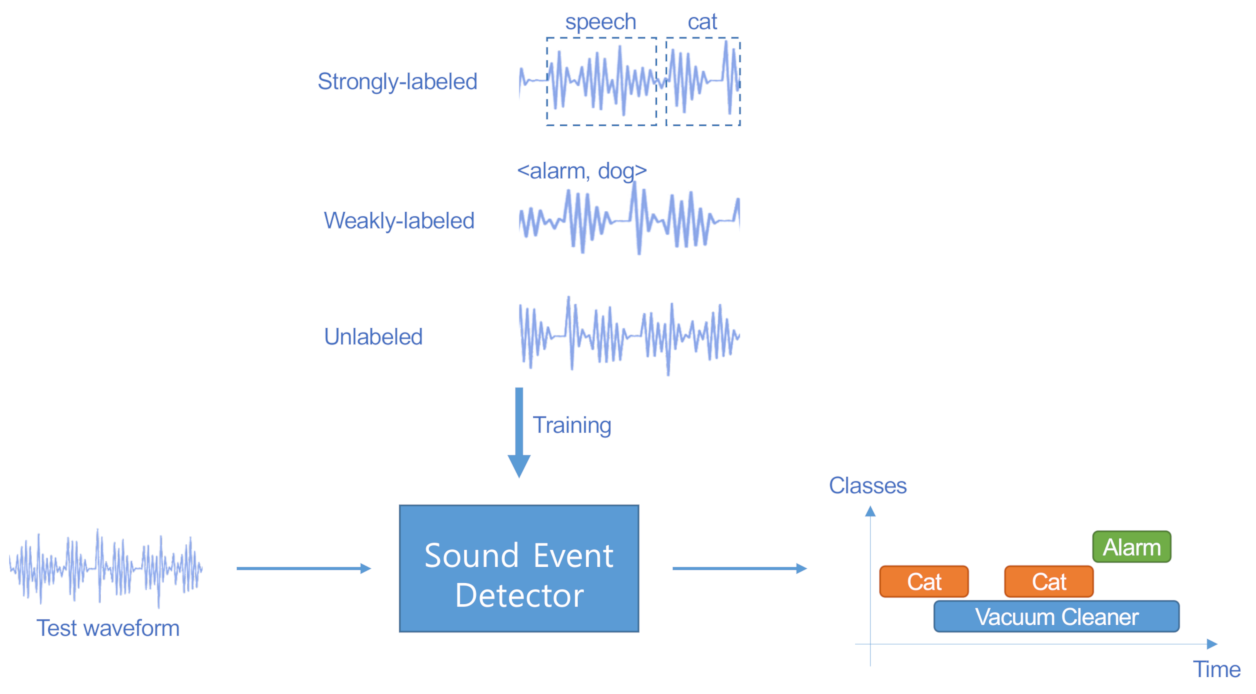
Data requirements: Quantity
Need enough data.
| Instances per class | Suitability |
|---|---|
| 100 | Minimal |
| 1000 | Good |
| 10000+ | Very good |
Data requirements: Quality
Need realistic data. Capturing natural variation in
- the event sound
- recording devices used
- recording environment
Check the data
Understand the data
Note down characteristics of the sound
- Event length
- Distance between events
- Variation in the event sound
- Changes over time
- Differences between recordings
- Background noises
- Other events that could be easily confused
Labeling data manually using Audacity

Machine Learning system
Audio ML pipeline overview
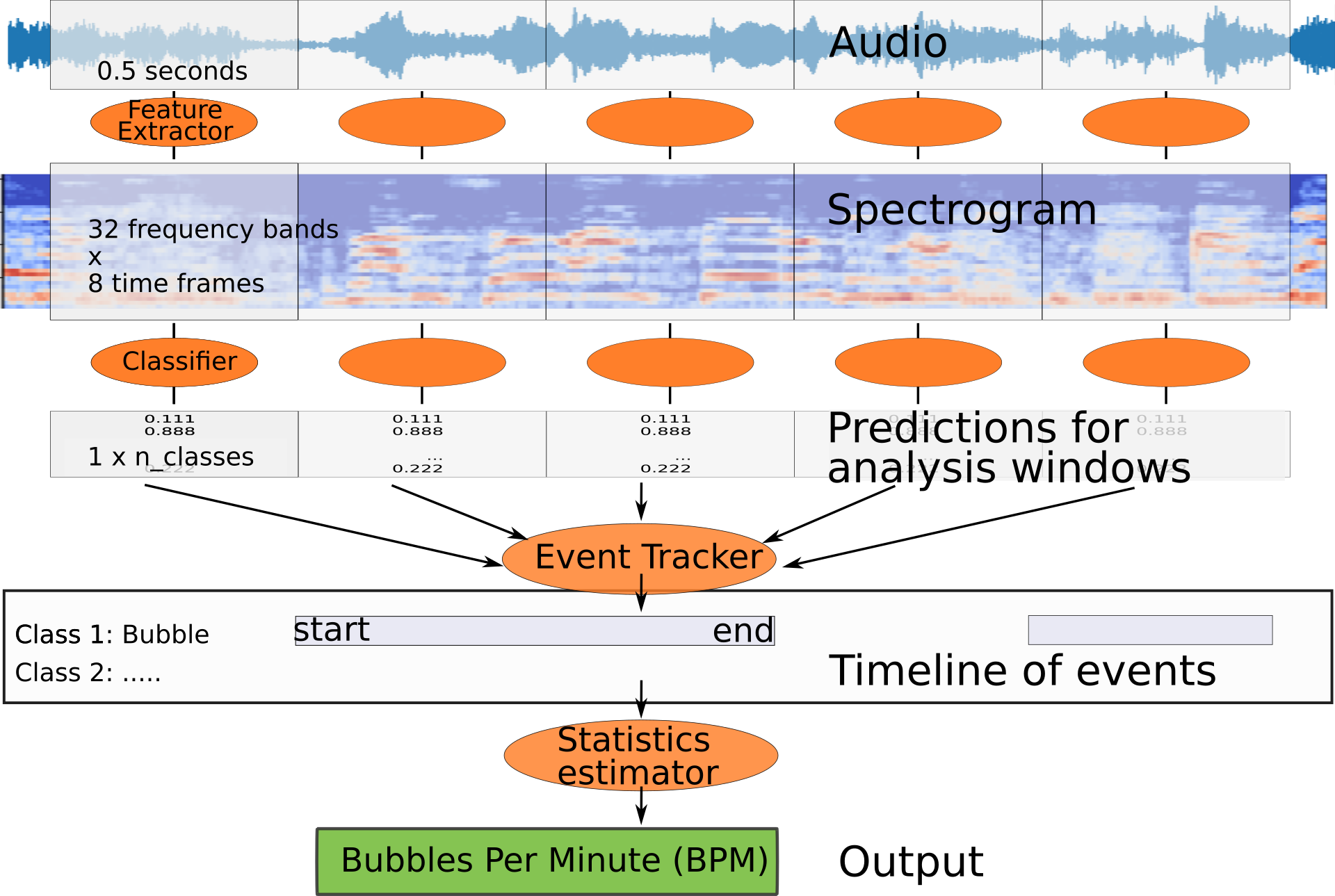
Spectrogram
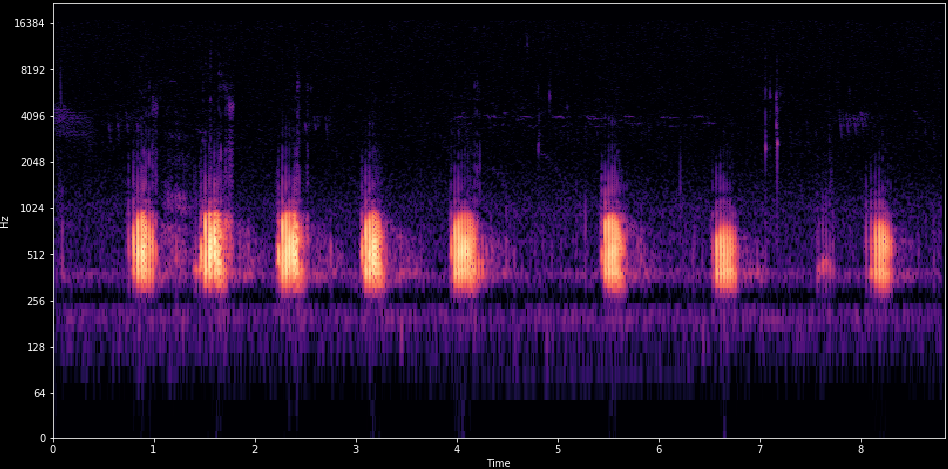
CNN classifier model

Evaluation
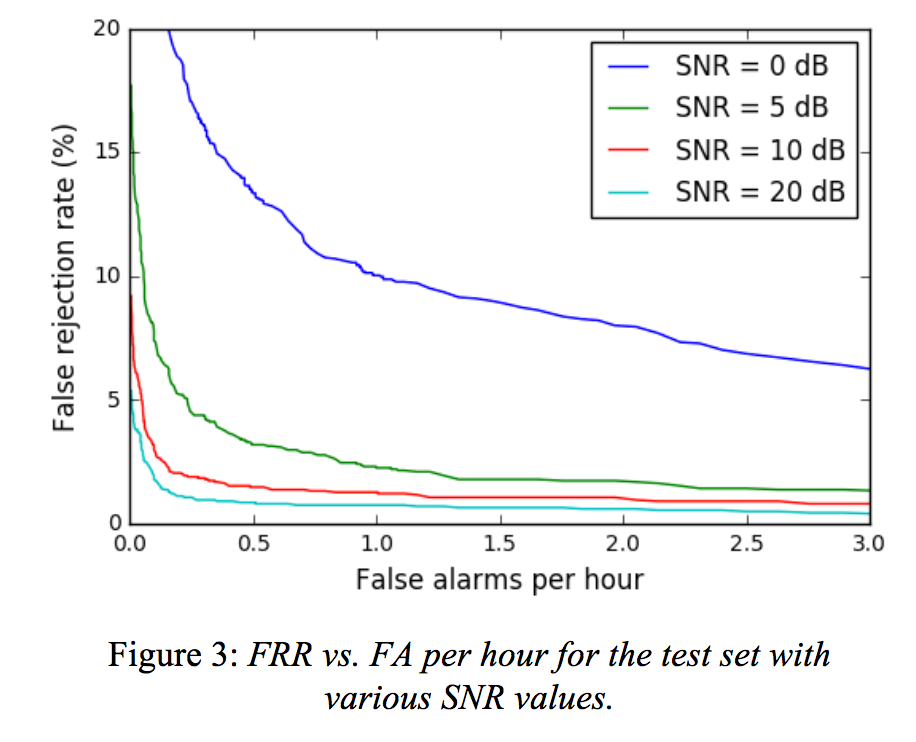
Event Tracker
Converting to discrete list of events
- Threshold the probability from classifier
- Keep track of whether we are currently in an event or not
Statistics Estimator
To compute the Bubbles Per Minute

- Using the typical time-between-events
- Assumes regularity
- Median more robust against outliers
Tracking over time using Brewfather
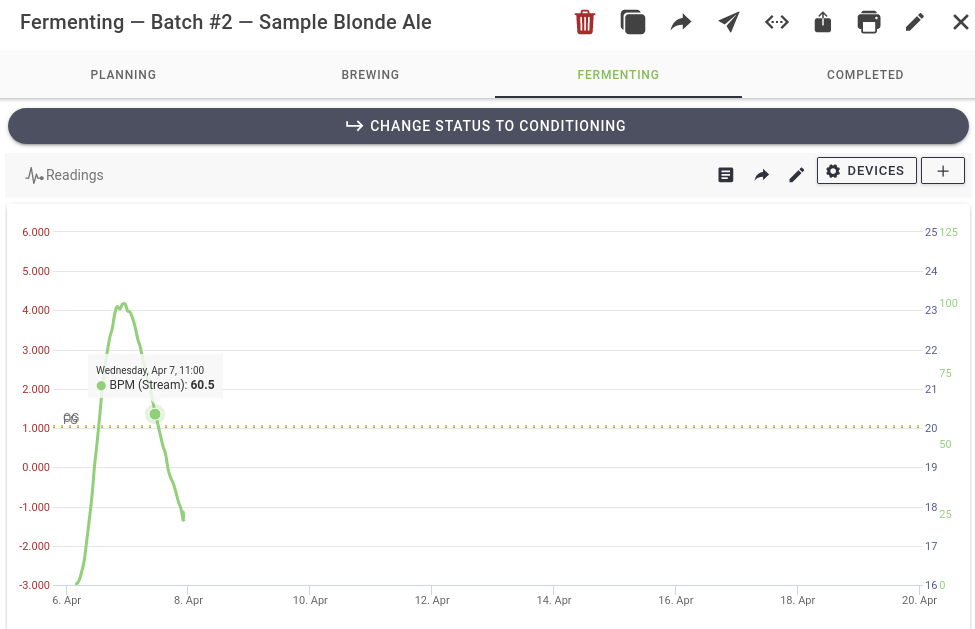
Outro
More resources
Github project: jonnor/brewing-audio-event-detection
General Audio ML: jonnor/machinehearing
- Sound Event Detection: A tutorial. Virtanen et al.
- Audio Classification with Machine Learning (EuroPython 2019)
- Environmental Noise Classification on Microcontrollers (TinyML 2021)
Slack: Sound of AI community
What do you want make?
Now that you know the basics of Audio Event Detection with Machine Learning in Python.
- Popcorn popping
- Bird call
- Cough
- Umm/aaa speech patterns
- Drum hits
- Car passing
Continious Monitoring using Audio ML
Want to deploy Continious Monitoring with Audio? Consider using the Soundsensing sensors and data-platform.

Get in Touch! contact@soundsensing.no
Join Soundsensing
Want to work on Audio Machine Learning in Python? We have many opportunities.
- Full-time positions
- Part-time / freelance work
- Engineering thesis
- Internships
- Research or industry partnerships
Get in Touch! contact@soundsensing.no
Questions ?
Sound Event Detection with Machine Learning EuroPython 2021
Jon Nordby jon@soundsensing.no Head of Data Science & Machine Learning
Bonus
Bonus slides after this point
Semi-automatic labelling
Using a Gaussian Mixture, Hidden Markov Model (GMM-HMM)

Synthesize data
How to get more datawithout gathering “in the wild”?
- Mix in diffent kinds of background noise.
- Vary Signal to Noise ratio etc
- Useful to estimate performance on tricky, not-yet-seen data
- Can be used to compensate for small amount of training data
- scaper Python library: github.com/justinsalamon/scaper
Streaming inference
Key: Chopping up incoming stream into (overlapping) audio windows
import sounddevice, queue
# Setup audio stream from microphone
audio_queue = queue.Queue()
def audio_callback(indata, frames, time, status):
audio_queue.put(indata.copy())
stream = sounddevice.InputStream(callback=audio_callback, ...)
...
# In classification loop
data = audio_queue.get()
# shift old audio over, add new data
audio_buffer = numpy.roll(audio_buffer, len(data), axis=0)
audio_buffer[len(audio_buffer)-len(data):len(audio_buffer)] = data
new_samples += len(data)
# check if we have received enough new data to do new prediction
if new_samples >= hop_length:
p = model.predict(audio_buffer)
if p < threshold:
print(f'EVENT DETECTED time={datetime.datetime.now()}')Event Detection with Weakly Labeled data
Can one learn Sound Event Detection without annotating the times for each event? Yes!
- Referred to as weekly labeled Sound Event Detection
- Can be tackled with Multiple Instance Learning
- Inputs: Audio clips consisting of 0-N events
- Labels: True if any events in clip, else false
- Multiple analysis windows per 1 label
- Using temporal pooling in Neural Network
Data collection via Youtube
Criteria for inclusion:
- Preferably couple of minutes long, minimum 15 seconds
- No talking to the camera
- Mostly stationary camera
- No audio editing/effects
- One or more airlocks bubbling
- Bubbling can be heard by ear
Approx 1000 videos reviewed, 100 usable
Characteristics of Audio Events
- Duration
- Tonal/atonal
- Temporal patterns
- Percussive
- Frequency content
- Temporal envelope
- Foreground vs background
- Signal to Noise Ratio
Analysis windows
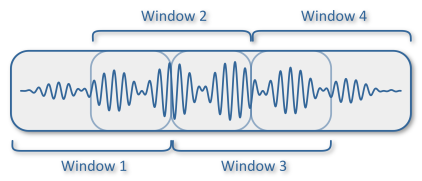
Window length bit longer than the event length.
Overlapping gives classifier multiple chances at seeing each event.
Reducing overlap increases resolution! Overlap for AES: 10%